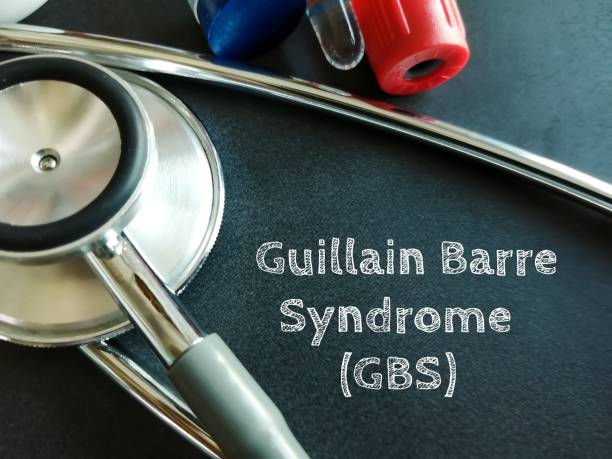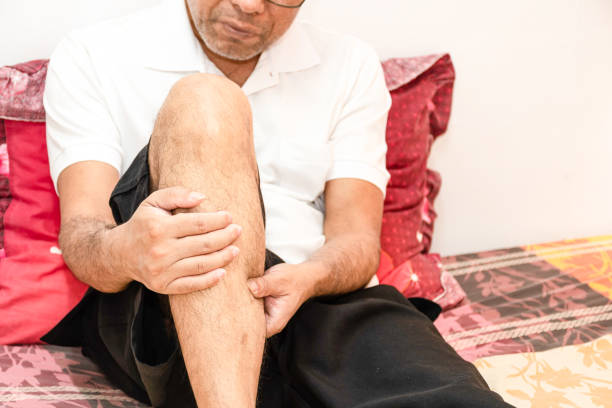If you’re still feeling the aftershocks of COVID-19 long after the fever has subsided, you’re not alone. Long COVID has left many people searching for gentle, non-invasive therapies to help their bodies heal. One option gaining attention is red light therapy. Once reserved for elite athletes and skincare clinics, this therapy is now being explored for its potential to reduce inflammation, improve energy, and support recovery in long COVID patients. But is it all hype, or is there real science behind the glow? Let’s break down what red light therapy is and how it might support long COVID recovery.
What Is Red Light Therapy?
Red light therapy (RLT), also known as photobiomodulation, involves exposing the body to low-level red or near-infrared light. Unlike ultraviolet rays, which damage the skin, red light penetrates deep into tissues without causing harm. It’s been used for everything from wound healing to reducing joint pain. The idea is that these wavelengths stimulate cellular energy production—specifically ATP—and reduce oxidative stress. In the context of long COVID, where fatigue and inflammation are major complaints, this cellular boost could be key (NIH).
How It May Help with Long COVID Symptoms
Long COVID often involves widespread inflammation, mitochondrial dysfunction, and poor circulation. Red light therapy addresses these areas by promoting better blood flow, supporting mitochondrial health, and calming inflammatory responses. A study in Frontiers in Neurology found that red light therapy helped reduce symptoms in post-viral fatigue syndromes, a category that overlaps with long COVID (Frontiers). People using RLT report improved sleep, less brain fog, and more sustained energy. It’s not a cure, but for many, it’s been a helpful part of a broader healing toolkit.
Supporting Mitochondrial Function
Mitochondria are the powerhouses of our cells, and in long COVID, they’re often not functioning at full capacity. Red light therapy works by stimulating cytochrome c oxidase, a key enzyme in the mitochondrial energy pathway. This helps boost ATP production, giving cells the energy they need to repair and function efficiently. Several small trials suggest that improving mitochondrial function with red light can help reduce fatigue and support tissue regeneration (Journal of Biophotonics). If your long COVID symptoms include deep, unrelenting tiredness, this mechanism might be worth exploring.
Anti-Inflammatory Benefits
Chronic inflammation is a hallmark of long COVID. Red light therapy has been shown to reduce levels of pro-inflammatory cytokines like IL-6 and TNF-alpha. This can ease symptoms like joint pain, swelling, and even mood disturbances linked to neuroinflammation. A paper in Lasers in Medical Science highlighted the therapy’s ability to modulate immune responses without suppressing them—ideal for a condition where immune balance is disrupted (Springer). For those wary of medications or steroids, red light therapy offers a drug-free alternative with minimal side effects.
Targeting Brain Fog and Cognitive Issues
Many long COVID patients struggle with brain fog—difficulty concentrating, forgetfulness, or mental fatigue. Red light therapy applied to the head (known as transcranial photobiomodulation) is being studied for its potential to improve cognitive function. Early research has shown promise in conditions like traumatic brain injury and depression. The light penetrates the skull and enhances cerebral blood flow, possibly explaining why some users feel mentally sharper after consistent sessions (Journal of Neuroinflammation). While we need more long-term studies, the existing evidence is encouraging.
Is It Safe and Accessible?
One of the best things about red light therapy is its safety profile. It’s non-invasive, doesn’t use heat, and can be done at home with the right equipment. Devices range from small panels for targeted relief to full-body systems. While professional-grade therapy in a clinic might yield faster results, many people benefit from using consumer-grade devices regularly. However, consistency is key—just like exercise or meditation, you’re unlikely to see results after just one session. Always consult with a healthcare provider before starting, especially if you have sensitive skin or are on medications.
Final Thoughts
Red light therapy isn’t a silver bullet, but for those navigating the complex symptoms of long COVID, it may offer real, science-backed relief. Whether you’re dealing with fatigue, inflammation, or brain fog, this gentle light-based therapy could be a helpful part of your recovery journey. As always, healing is not one-size-fits-all—but exploring safe and supportive options like red light therapy might just shine a little light on your path forward.


